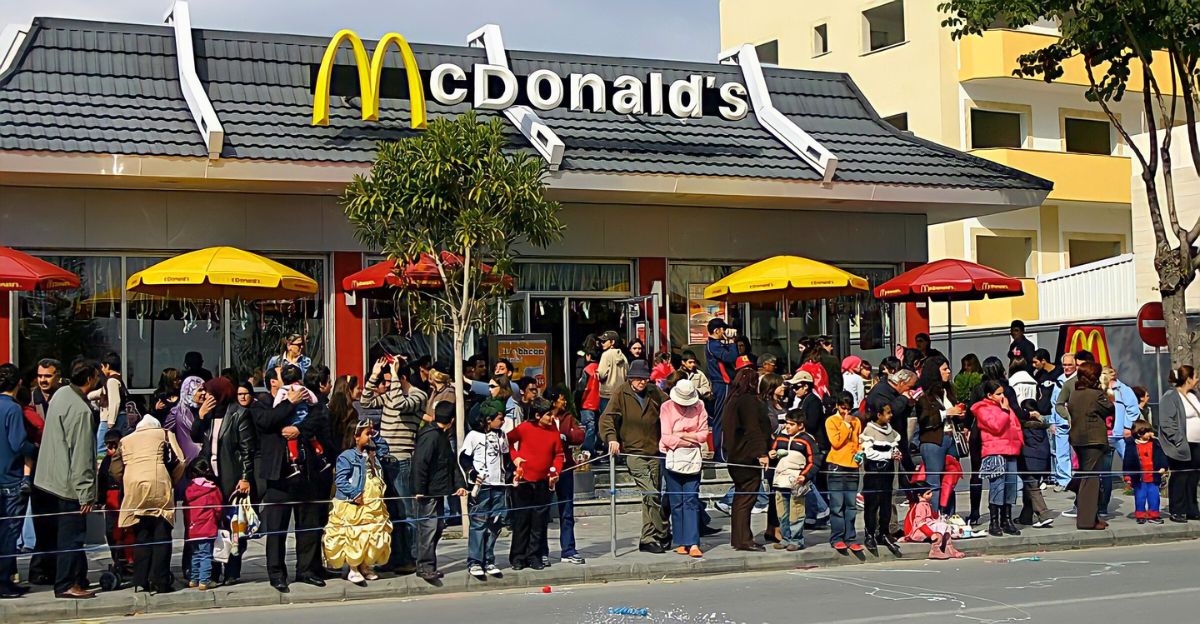
In July 2025 a grassroots group called The People’s Union USA announced a month-long boycott of Amazon, Starbucks, and Home Depot. The move surprised many shoppers: organizers even urged people to skip Fourth of July shopping events and celebrations, treating the holiday itself as part of the boycott. The campaign was framed not just as a protest about products or prices, but as a statement on much bigger issues.
Its leaders say this boycott is about holding big corporations accountable for worker treatment, diversity policies, and social values. What started as avoiding your usual tech, coffee, and hardware chains is intended to send shockwaves beyond the checkout line.
Grievances Behind the Boycott
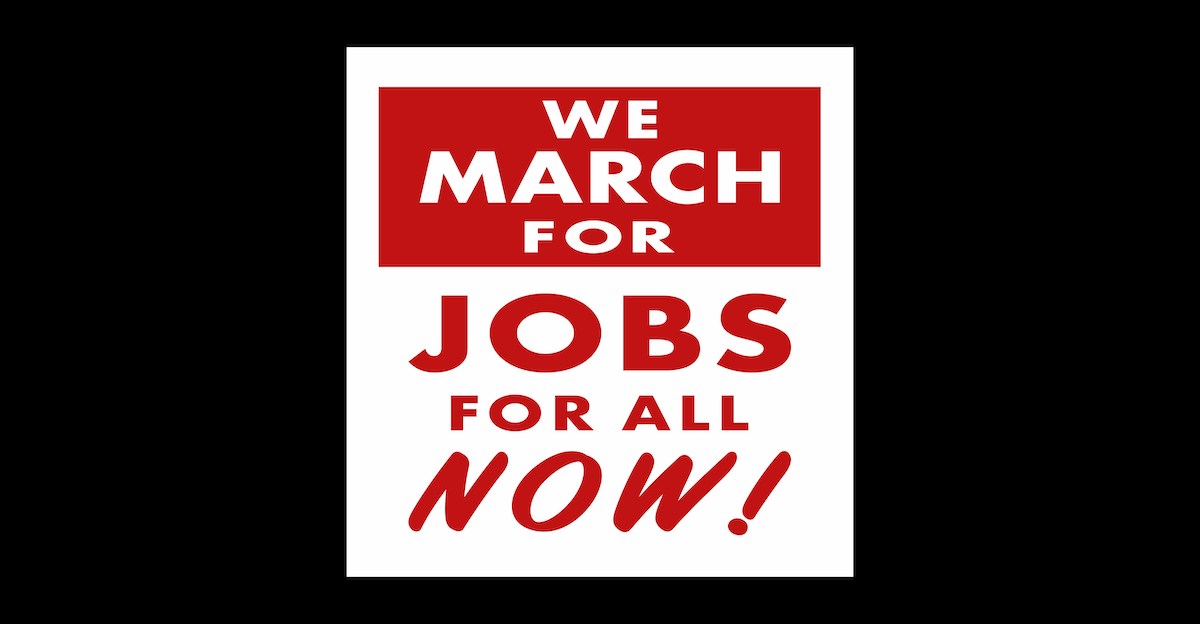
Boycott organizers have laid out clear complaints against each company. Amazon is accused of pushing workers to extreme limits (for example, employees walking miles daily in heat for low pay) while its founder Jeff Bezos grew even richer (notably spending millions on a lavish wedding). Starbucks is criticized for its record with worker unions: employees say the company preaches community but often shuts down stores when workers try to organize.
Home Depot drew anger by quietly removing its Diversity, Equity & Inclusion page in early 2025, which critics saw as backtracking on fairness and inclusion. Protesters say these companies have “exploited workers, cut back on social commitments, and contributed to economic inequality”.
Early Impact on Retail
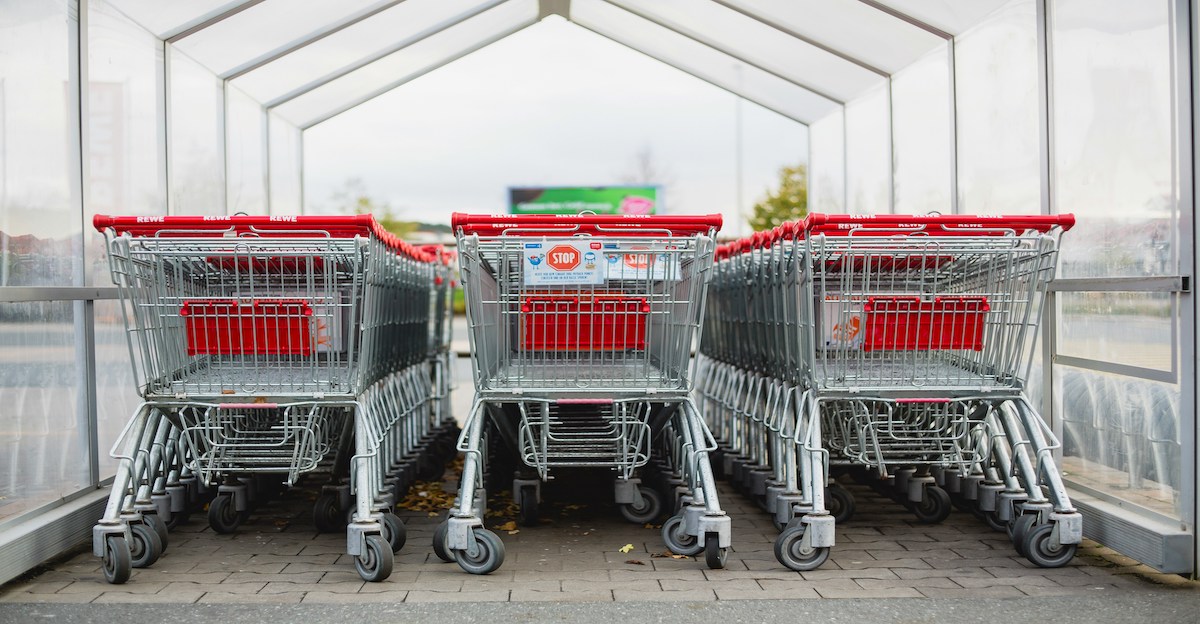
In the first weeks of the boycott, analysts and media watched company sales closely. Home Depot’s latest earnings already showed very slow growth – U.S. same-store sales rose only 0.2% in Q1 2025 – so even a small dip in July could be felt. Starbucks likewise reported a slight decline: global comparable transactions fell about 2% (with overall sales down ~1%) in its recent quarter.
Amazon’s overall numbers remain strong (its Q1 revenue was up roughly 9% year-over-year), but the protest targets exactly the busy summer shopping period (Prime Day is July 8-11).
Shifts in Consumer Behavior
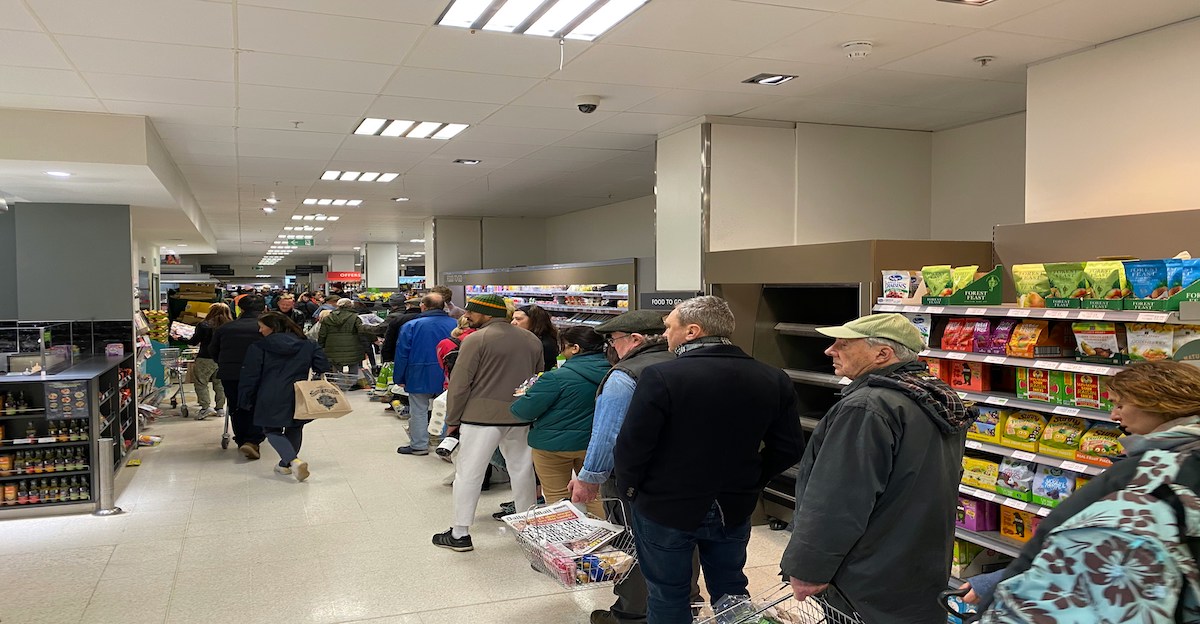
Already, some shoppers say they are changing habits. The People’s Union FAQ explicitly advises, “If you absolutely need something, buy it from a small, local business” during the boycott period. On social media and in local news, individuals report choosing neighborhood hardware stores over Home Depot, or brewing coffee at home instead of visiting Starbucks.
Even modest changes – say a few per cent of consumers diverting their spending to local alternatives – can boost smaller businesses and chip away at the giants.
Worker-Level Effects
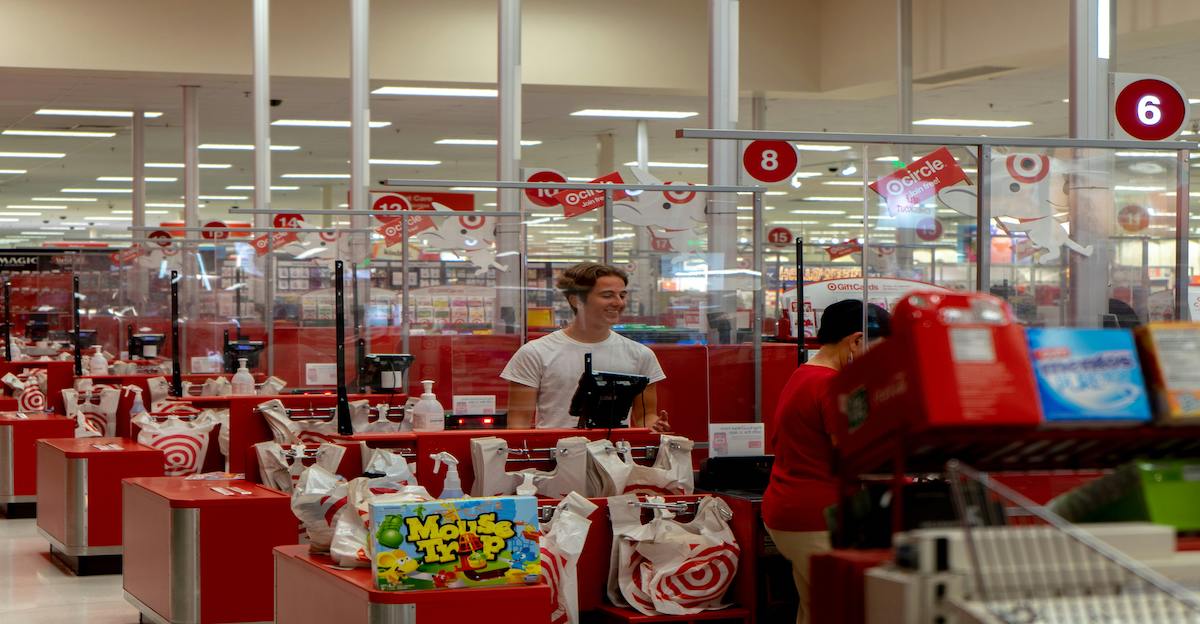
For employees, the boycott sends a message of solidarity and scrutiny. Many Amazon and Starbucks workers are in the midst of union drives; seeing customers boycott feels like public support for their struggles. In fact, organized labor is watching closely – for example, the Teamsters union joined Illinois lawmakers in demanding that Amazon respect delivery drivers’ rights to unionize. At Starbucks, unionizing baristas say the boycott highlights their fight for better conditions.
The extra attention can embolden workers to continue pushing for change, even as management may become more defensive.
Corporate Responses

The companies themselves have so far responded calmly. Home Depot issued a statement stressing that it still believes in inclusion, saying its new “WeAreTHD” cultural branding reflects the welcoming culture it’s long promoted. Amazon has not publicly addressed the boycott directly, but its spokespeople emphasize that worker safety and well-being are priorities – for example, saying they encourage employees to take frequent breaks during hot weather.
Starbucks likewise has not commented on the boycott itself; in past labor disputes, its CEO has flatly denied any wrongdoing.
Market and Investment Reactions
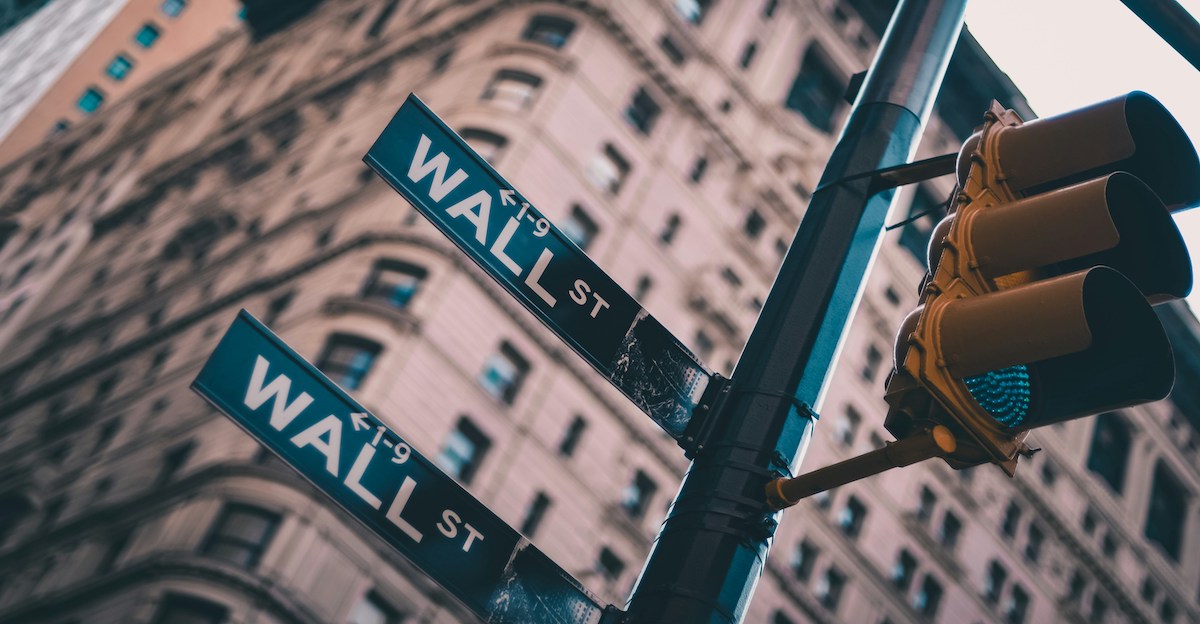
Wall Street is keeping watch, but so far the boycott hasn’t triggered big moves in stock prices. In fact, a weeklong Amazon boycott back in March barely affected AMZN’s shares – the price dipped slightly at the open but ended the week roughly where it started. In early July 2025, Amazon, Starbucks, and Home Depot stocks similarly trended with the overall market, not jumping out on boycott news.
Analysts note that these brands have deep pockets and loyal customers, so a one-month dip in sales might only shave a small percentage off revenue. Still, investors pay attention: if quarterly results come in weaker than expected, stock analysts could point to the boycott.
Political and Advocacy Responses

Beyond the companies and consumers, lawmakers and advocacy groups are weighing in. Senators and Congress members have long pressured these companies on labor issues – for example, Sen. Bernie Sanders led a year-long Senate inquiry into Amazon’s “abysmal” warehouse safety record, publishing a critical report in late 2024. Labor-friendly politicians often voice similar concerns about worker treatment at Amazon and Starbucks, even if they haven’t endorsed the boycott itself.
On the advocacy side, various social justice and community groups have backed the movement or raised related issues. For instance, unions and civil-rights advocates have pointed to these boycotts as part of a larger fight against inequality.
Consumer Advice
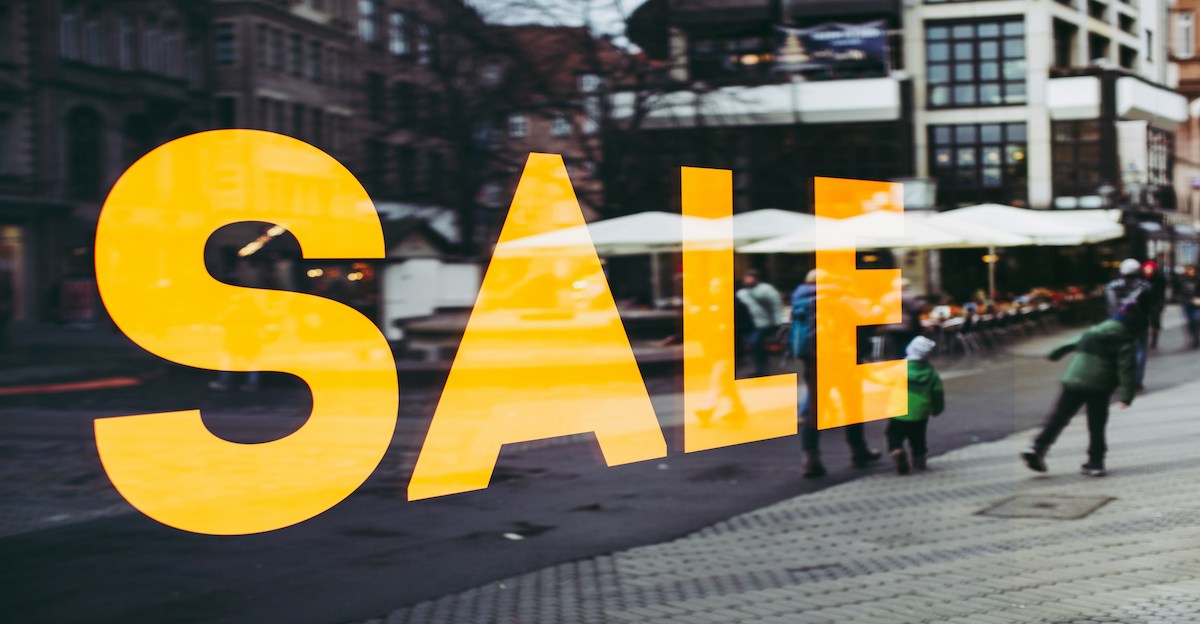
If you’re wondering how to respond, start by planning. Decide if you want to skip buying from the targeted companies for all of July, or just limit your support. The organizers suggest stocking up on needed items before the boycott and then buying local or secondhand alternatives during the boycott.
You might choose to order from independent online retailers or walk into a local store rather than use these brands’ apps and websites.
Potential Broader Impact
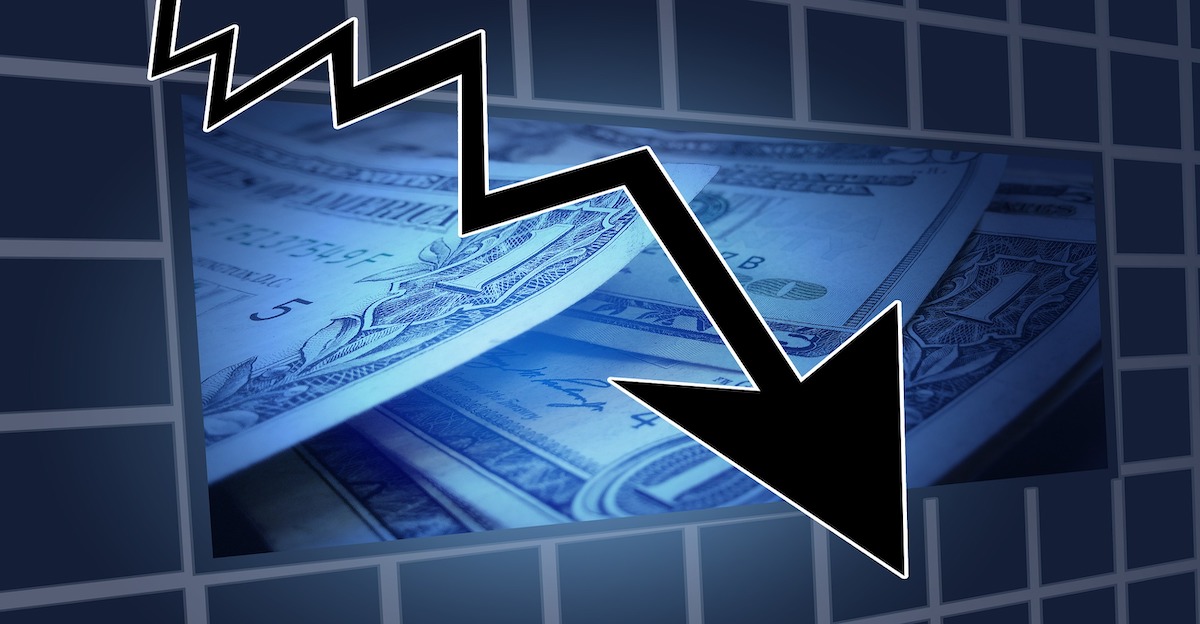
No one can be sure yet how deep the boycott’s impact will run, but it’s already part of a larger trend of activist consumers. Experts note that online boycotts have become a powerful tool for ordinary people to pressure big companies. Whether or not Amazon, Starbucks, or Home Depot see big losses this month, the protests send a clear signal that many customers care about social and labor issues.
Historically, even the threat of lost sales has sometimes forced companies to change course – for example, after a boycott over diversity rollbacks, Target told investors it had already lost over $12 billion in revenue.